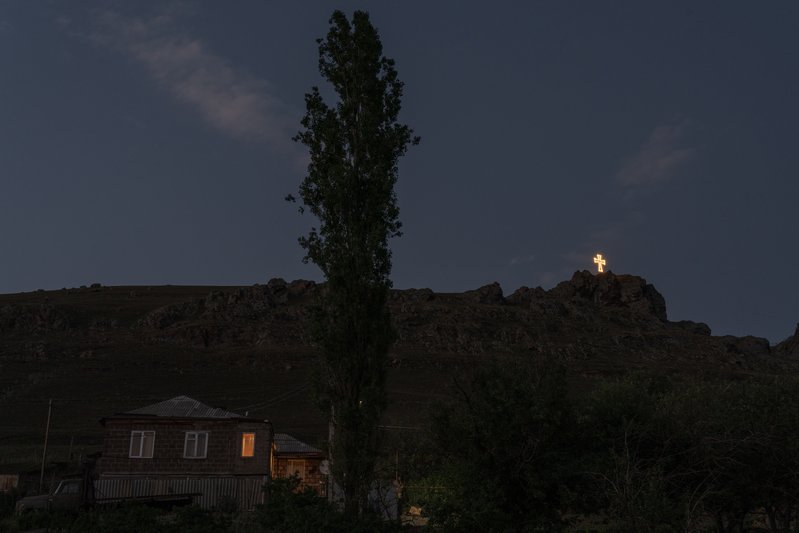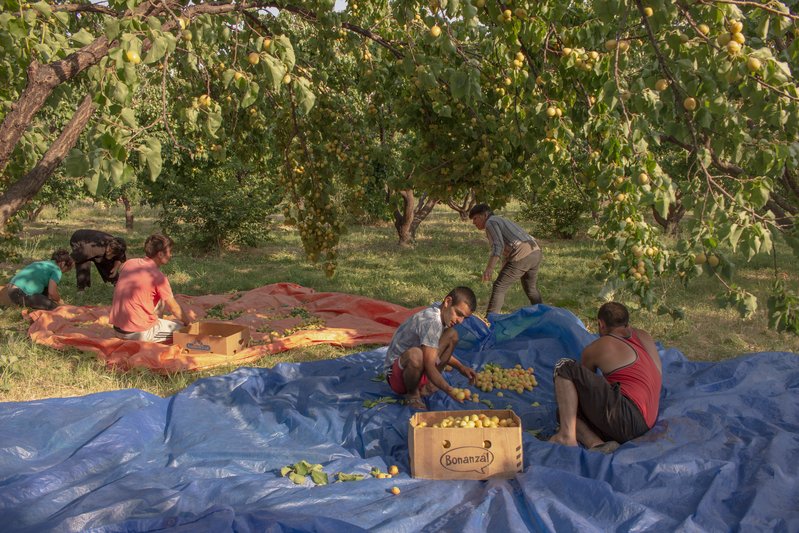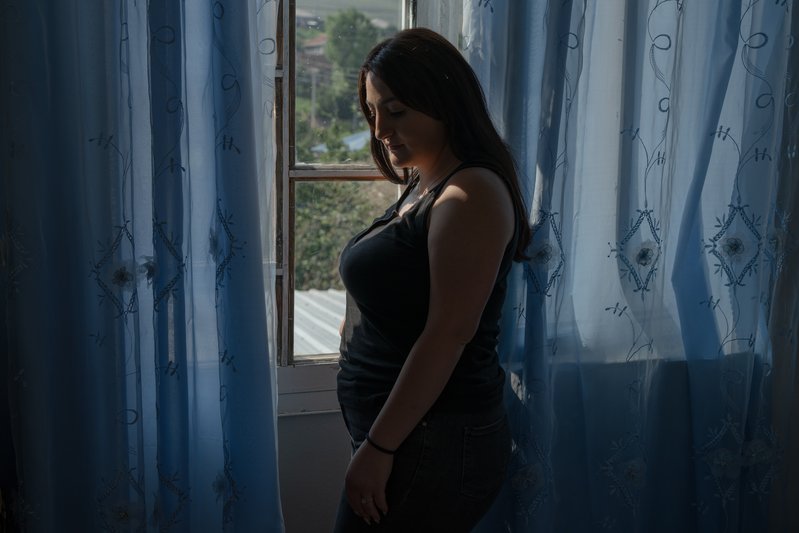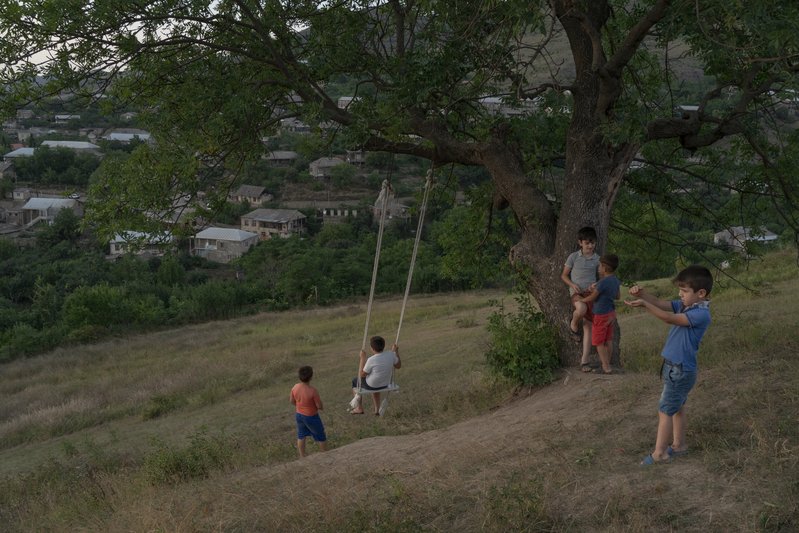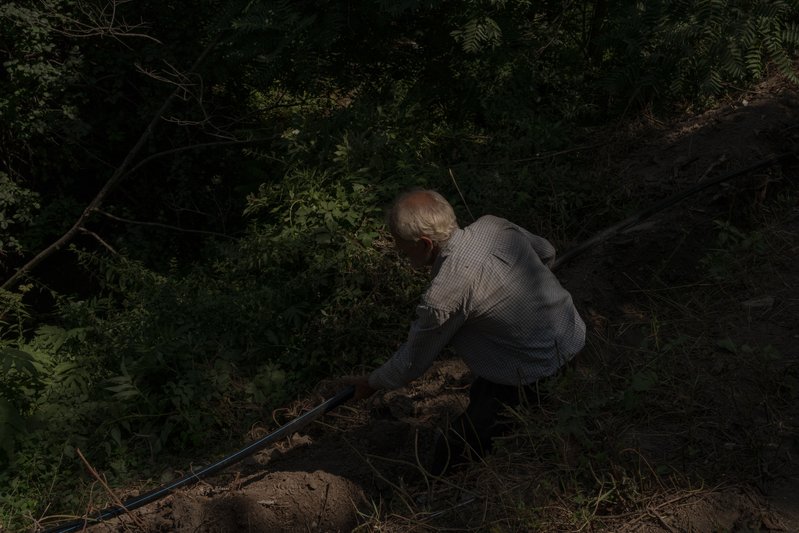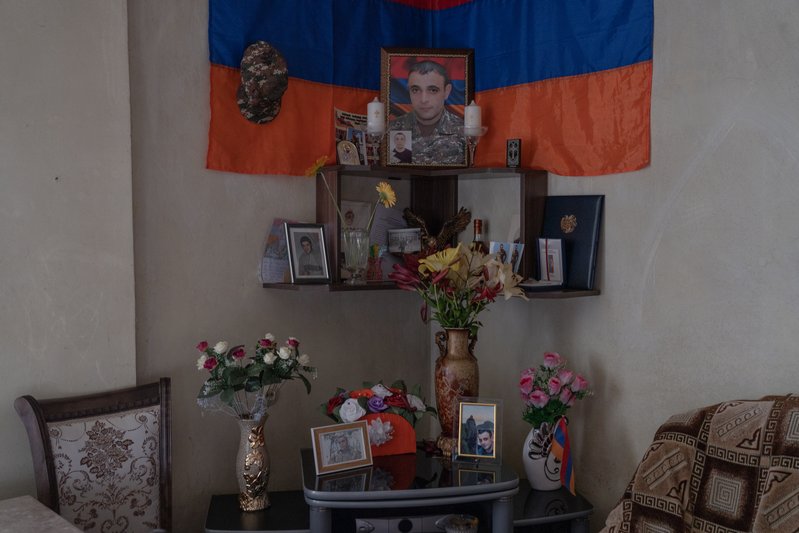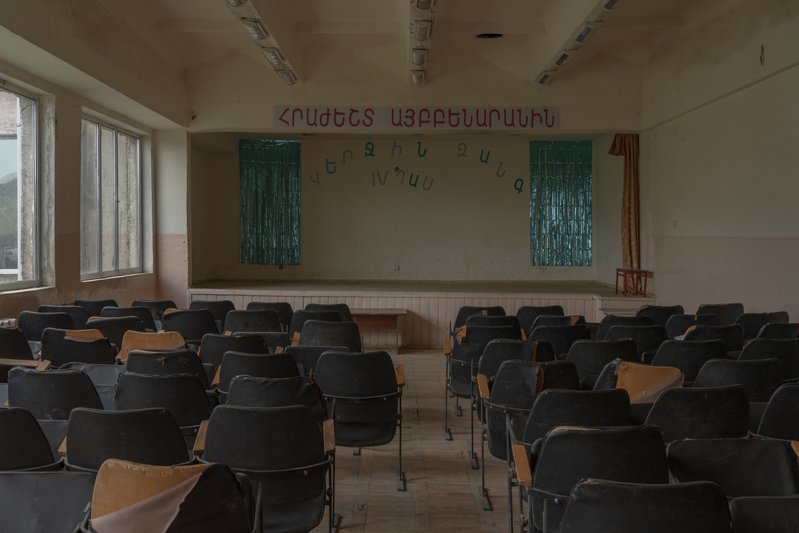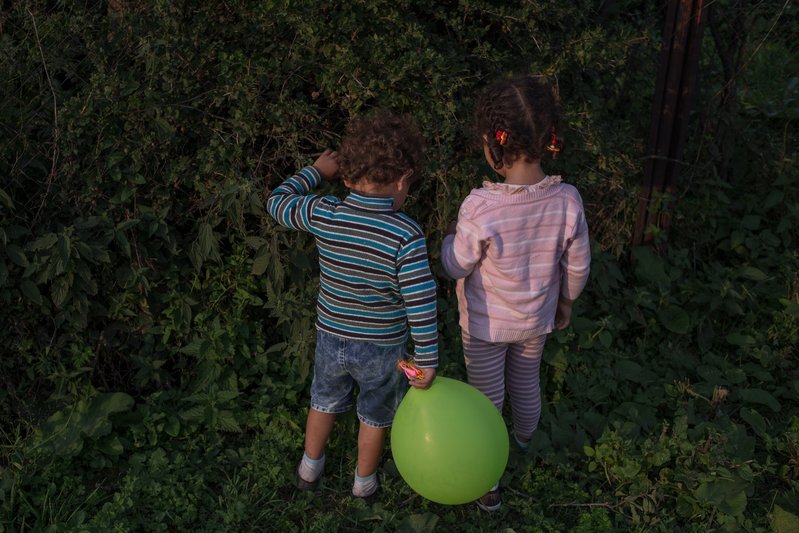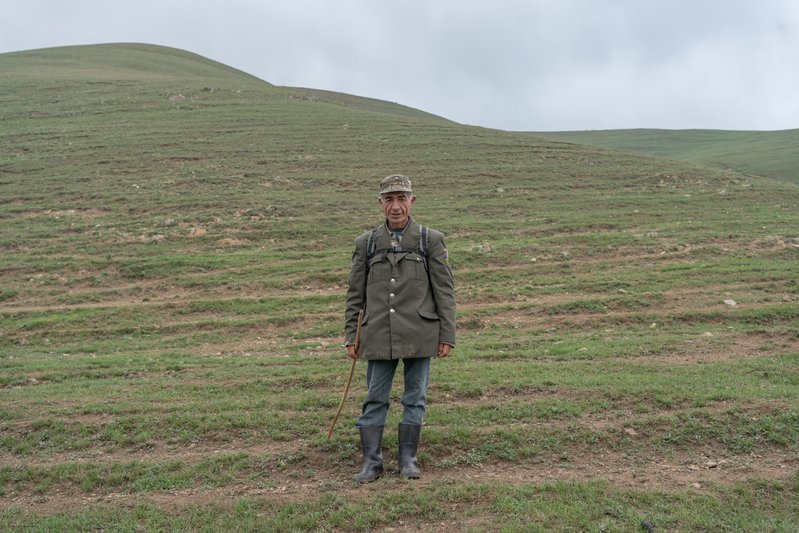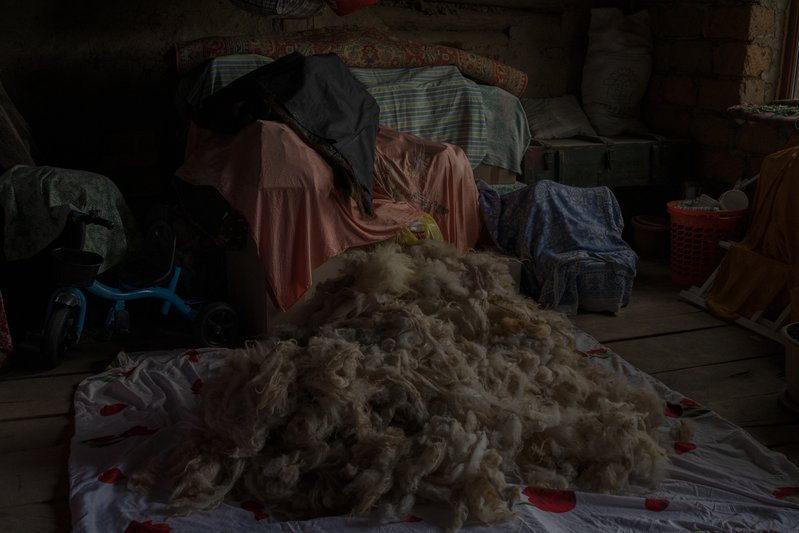CPOY 76 Documentary Award of Excellence: Along the Closed Borders
I was born in Armenia during the first Nagorno-Karabakh war and now live in the US. When I was little, I used to visit my grandmothers in the village. I played with the neighbor's children, drank spring water, picked flowers, and climbed the mountains to look at our village from above. There, beyond mountains, was the closed border with Azerbaijan. There was also my father's hometown of Artsvashen. It became part of Azerbaijan in 1992, two days after I was born. Rural life in Armenia varies from region to region, but everywhere people survive by farming. In some areas, people harvest fruits, while in others, they tend cattle and sheep. Life in the villages is not only physically demanding. The regions have a high level of unemployment, and a large percentage of the population lives in poverty. In the absence of work, men often leave their families to work in neighboring countries for a portion of the year. Most rural residents are women and children. In 2020, the war in Nagorno-Karabakh reignited. It lasted for 44 days and took the lives of thousands of people, and displaced even more. When the war ended, I began to hear the words "border" and "borderline" everywhere. I heard them in the media, in conversations with my family. I started to think about the meaning of borders and how their proximity affects people's lives and the landscape itself. I traveled Armenia from Bagaran to Chinari, documenting everyday rural life along the closed borders with Azerbaijan and Turkey.



